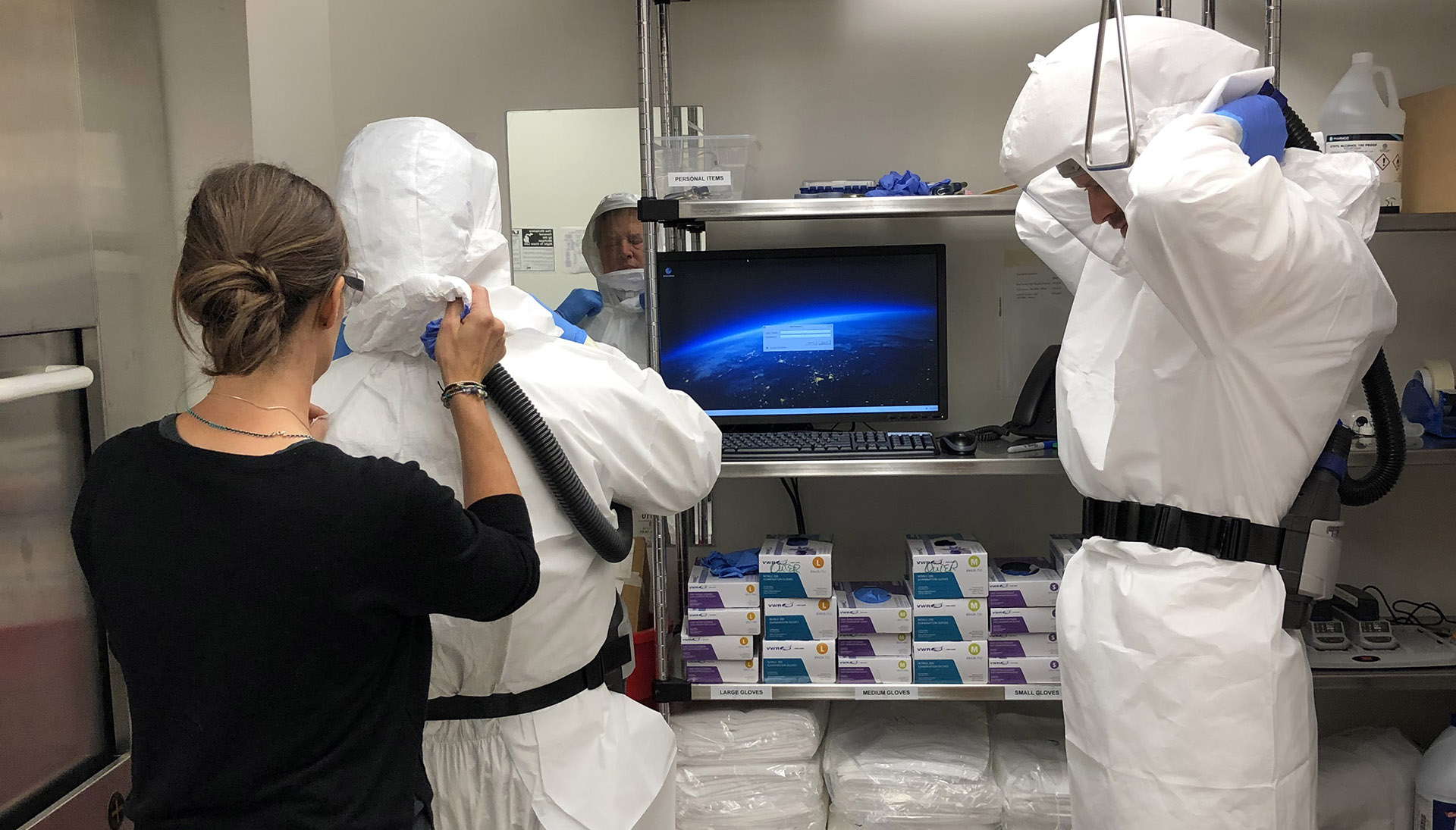Biosafety is an important set of specific guidelines to prevent the spread and exposure of biological hazards. Although all labs should have some form of biosafety and biosafety training, biosafety levels make it easier to understand risk assessment and which protocols are crucial to handling dangerous materials.
Our biosafety team at MRIGlobal have years of experience working with a variety of labs across different industries. Through constant research, we pride ourselves on staying up to date with the latest biosafety principles and guidelines.
Read on to learn more about biosafety levels and their differences.
How are biosafety levels determined?
Biosafety levels (BSL) are determined by the Centers for Disease Control and Prevention (CDC). There are a variety of factors that help categorize a specific lab, including:
- The biological agent involved
- The severity of infection
- Transmission rate of agent
- Route of entry
- Nature of the work
BSL-1
BSL-1 labs are reserved for low-risk microorganisms that aren’t known to consistently cause disease in healthy adults. The risk to the general population and those present in the lab are fairly low. Because of this, researchers and scientists can work at open desks and benches while wearing protective gear (gloves, glasses, etc) when needed.
Microorganism example: a nonpathogenic strain of Escherichia coli
BSL-2
BSL-2 labs contain microorganisms that come with moderate risks, though they still aren’t considered extremely dangerous. The diseases that stem from these microorganisms are treatable. Entering a BSL-2 lab is more secure than a BSL-1 and often restricted to outside personnel.
Microorganism example: Staphylococcus aureus (causes staph infections)
BSL-3
BSL-3 labs work with microorganisms that may cause severe or even deadly diseases that are transmittable via the respiratory system. These pathogens are often government-monitored and tightly controlled.
Microorganism example: Mycobacterium tuberculosis
BSL-4
BSL-4 labs hold extremely dangerous pathogens, making it the highest and most secure biosafety level. As of now, there are only a few BSL-4 labs around the United States and globally. Getting an infection from these pathogens is typically fatal or has a high fatality risk.
Microorganism example: Ebola
Learn more about biosafety levels with MRIGlobal
For more than 75 years, MRIGlobal has advanced scientific research across a variety of industries. We focus on supporting better health outcomes on a global scale. For us, it’s not simply about science; it’s about the people who make it all happen.
We have a solution-driven mentality that allows us to find answers in even the most complex situations. Through our dedication, we can solve virtually any technical problem.
To learn more about our biosafety levels and our biosafety training, contact us at info@mriglobal.org. You can also get a free quote by completing our online form.
If you’re part of an agency, business, or academic institution seeking help with a project, use our Project Quote Tool to get started today.

